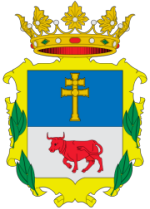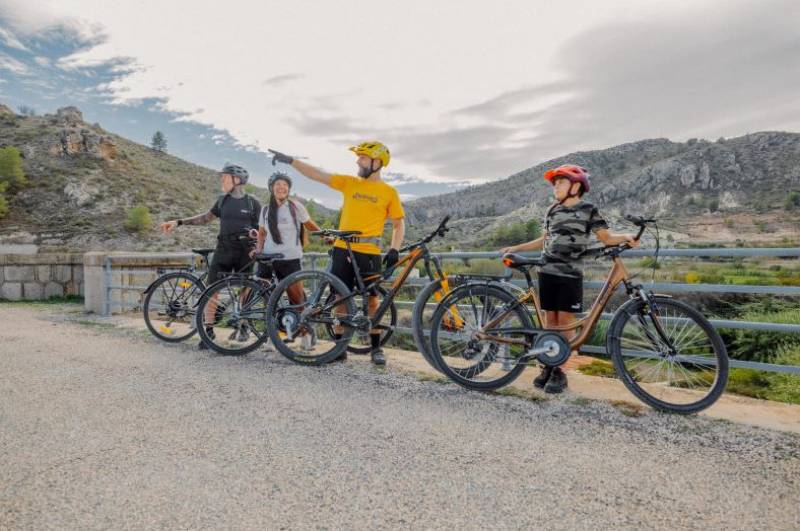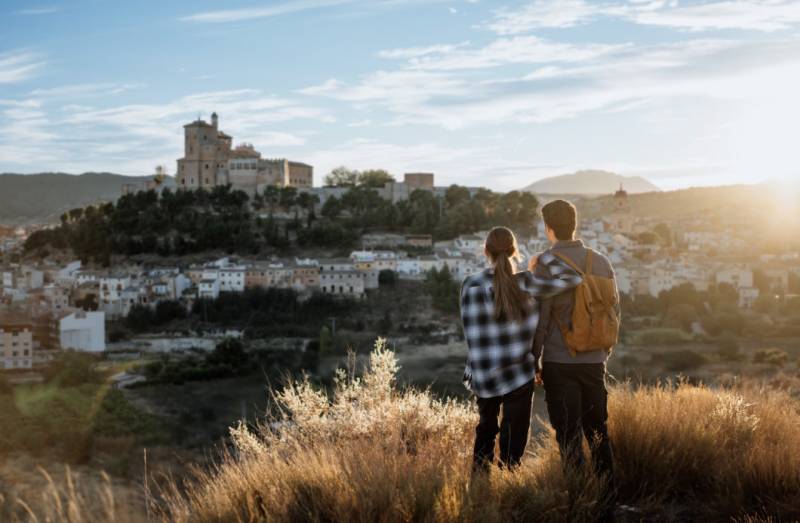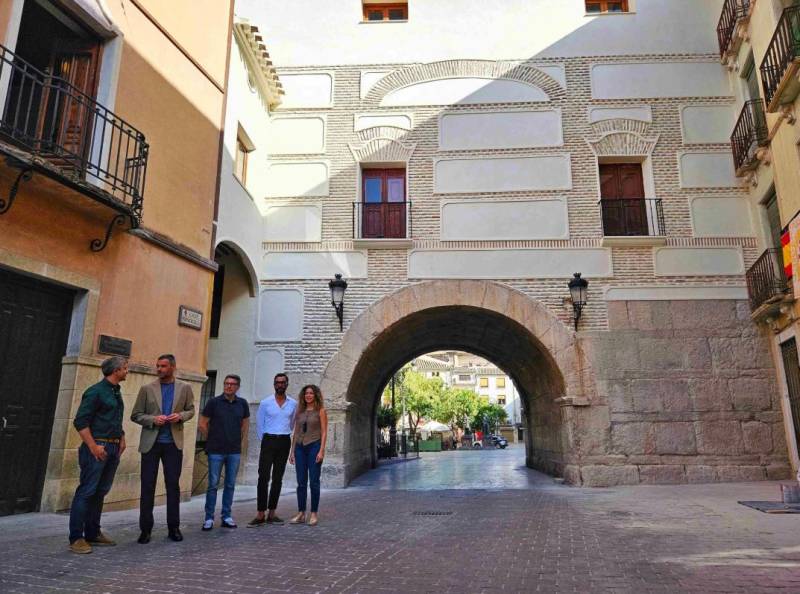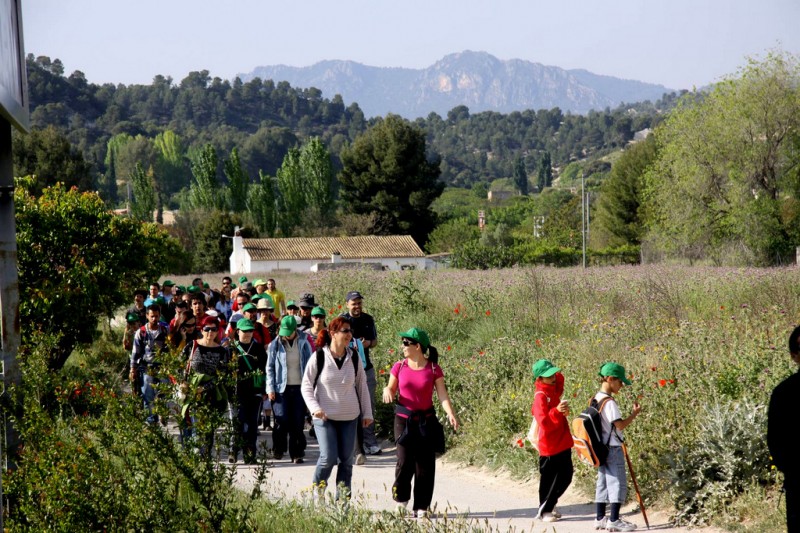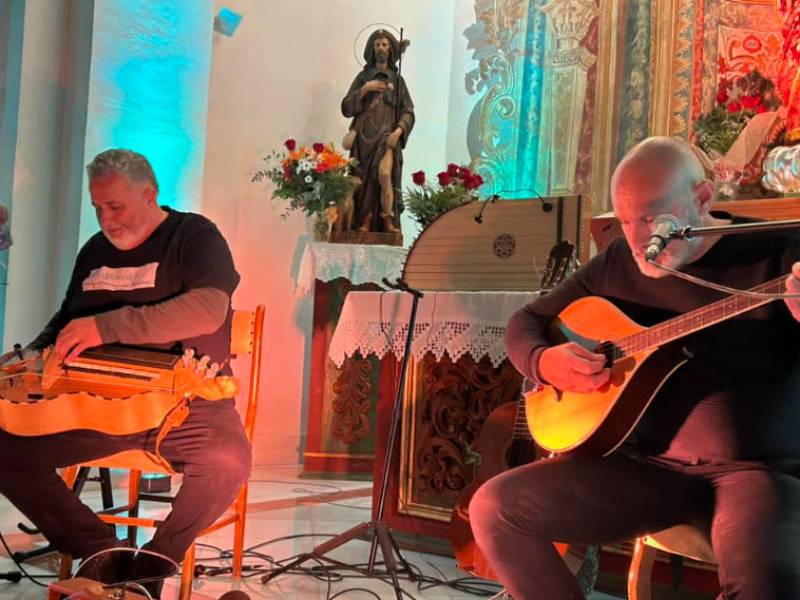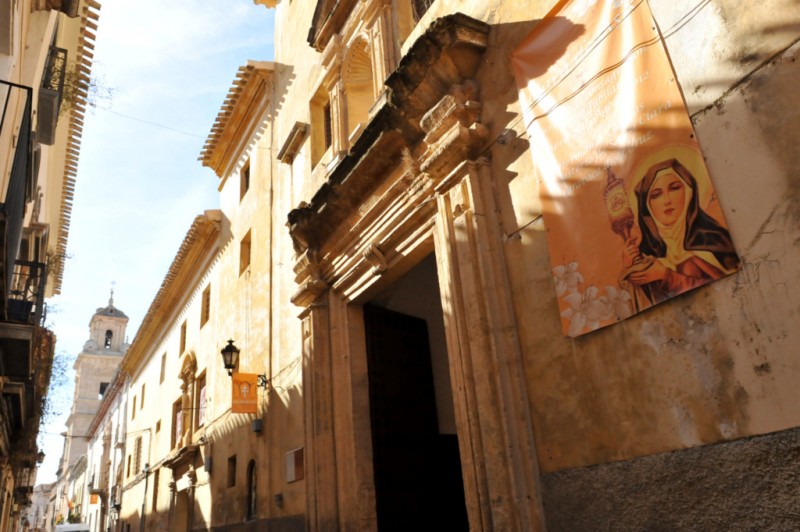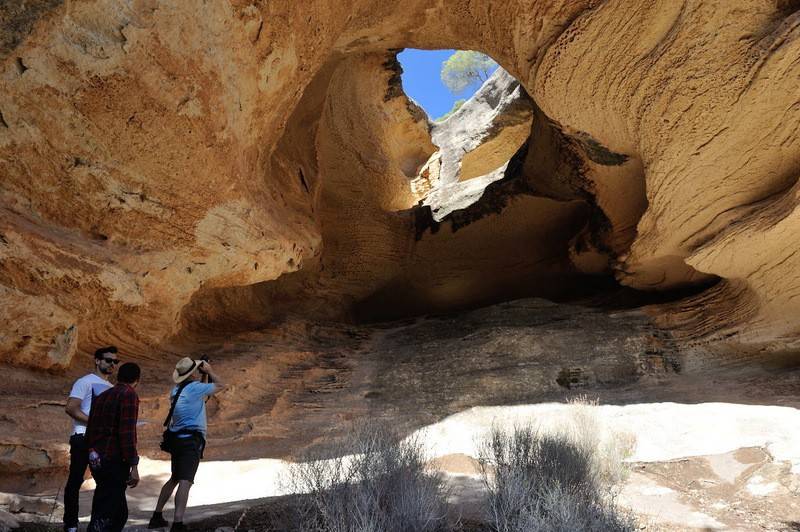- Region
- Vega baja
- Marina Alta
- Marina Baixa
- Alicante
- Baix Vinalopo
- Alto & Mitja Vinalopo
-
ALL TOWNS
- ALICANTE TOWNS
- Albatera
- Alfaz Del Pi
- Alicante City
- Alcoy
- Almoradi
- Benitatxell
- Bigastro
- Benferri
- Benidorm
- Calosa de Segura
- Calpe
- Catral
- Costa Blanca
- Cox
- Daya Vieja
- Denia
- Elche
- Elda
- Granja de Rocamora
- Guardamar del Segura
- Jacarilla
- Los Montesinos
- Orihuela
- Pedreguer
- Pilar de Horadada
- Playa Flamenca
- Quesada
- Rafal
- Redovan
- Rojales
- San Isidro
- Torrevieja
- Comunidad Valenciana
article_detail
The convent church and monastery of Nuestra Señora del Carmen in Caravaca de la Cruz
Iglesia del Convento de Nuestra Señora del Carmen de Caravaca de la Cruz
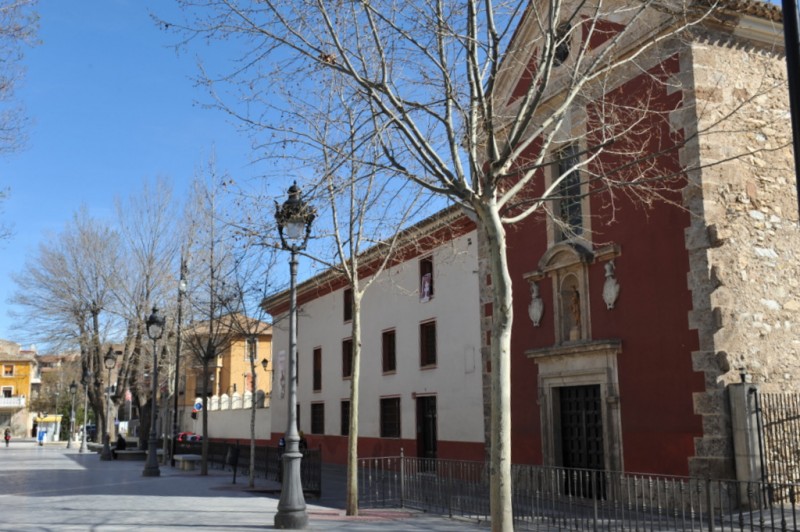 This church, parts of which date back to the 16th century, has had one of the more chequered histories of the many places of worship in Caravaca de la Cruz, having been one of the properties confiscated from religious orders in the 19th century and used as a school and hostelry in the 20th.
This church, parts of which date back to the 16th century, has had one of the more chequered histories of the many places of worship in Caravaca de la Cruz, having been one of the properties confiscated from religious orders in the 19th century and used as a school and hostelry in the 20th.
It stands on the central tree-lined avenue of Calle Corredera, very close to the “Templete” monument where the ceremony of the “Baño de la Cruz”, or the Bathing of the Cross, is held every year.
History
The monastery of the Carmelites was founded in Caravaca on 1st March 1586 during the reign of Felipe II and the papacy of Gregory VII, and the first Prior was Brother Cristóbal de San Alberto.
One of the chief instigators of the project was San Juan de la Cruz (1542-1591), a Carmelite reformer whose writings and preaching led to the formation of the “Barefoot Carmelites” two years after his death. In Caravaca he lodged in a small house outside the centre, close to the church of Santa María and San Juan de Letrán (now the church of the Purísima Concepción), and from here he made arrangements for the new Carmelite monastery to be built.
It is believed that the design of the monastery was the work of another Carmelite, Alberto de la Madre de Dios, since it is similar to others of his doing in Lerma, Ocaña, Medina, Yepes and San José de Guadalajara.
The foundations of part of the church which had not yet been built were laid in 1625, and by 1628 the church was almost complete except for the main entrance, work on which was contracted out to the stonemason Cristóbal de Liébana, from Moratalla.
On 3rd June 1635 the church was declared finished, although the interior decorations including altar screens, religious images and chapels were added throughout the rest of the 17th century. From then on patrons, clerics and other important members of the local community were buried under the main nave.
In the late 18th century extensive reforms and repairs were required, and in 1771 the sacristy had to be moved in order to make way for the re-distribution of the living area of the religious community. The roof of the church was also replaced, and in 1783 a shrine was added for the figure of the Virgen del Carmen using funds raised by Brother Manuel de Santa María.
The main bell was installed in 1800.
However, in 1825 the monks were ordered to leave the monastery, which they did on 16th July. This evacuation lasted for three years, but their return lasted only until 1836, when Isabel II ordered them out again, not to return until 1904.
Architecture
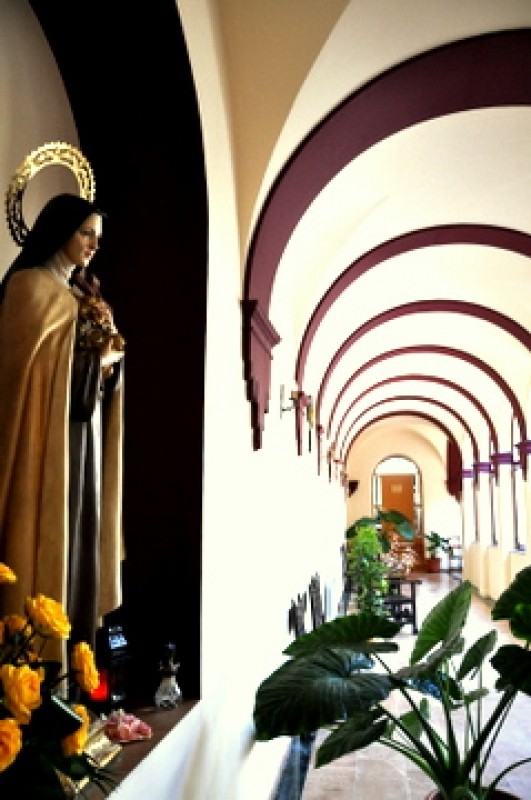 The whole monastery complex is typical of those built by the Barefoot Carmelites and features the monastery, its church, the incomplete chapel of Santa Teresa and the fruit and vegetable garden.
The whole monastery complex is typical of those built by the Barefoot Carmelites and features the monastery, its church, the incomplete chapel of Santa Teresa and the fruit and vegetable garden.
The monastery is three floors high, and at the centre of the complex are the cloisters. Two staircases exist, the main and more impressive one connecting only the ground floor and the first floor on the southern side, while the other at the south-eastern corner also leads to the basement and the top floor.
As for the church, it features Tuscan columns which epitomize the austere life of those in the monastery.
The main façade is also simple and austere for the most part, and is similar to the one at the Carmelite nunnery of Rioseco in the province of Valladolid.
Works of religious art
Among the altar screens inside the church the most impressive is the 18th-century one dedicated to San Antón, or San Antonio Abad, located on the left-hand side of the main nave. The main altarpiece is also an 18th-century work, although it has complemented by the addition of more modern images following extensive damage during the Spanish Civil War (1936-39). A third altarpiece features the 20th-century image of San José.
On the outside façade is a niche occupied by the figure of Nuestra Señora del Carmen, flanked by two coats of arms.
The sculpted life-sized figure of San Antonio Abad shows him attacking a dragon which lies at his feet with his staff, while a black piglet at his feet reminds us that this is the patron saint of animals.
But the most striking feature of this figure is the head and face, which are reminiscent in their styling and detail of Francisco Salzillo’s representation of San Antonio in the city of Murcia. Indeed this sculpture, which was extensively repaired after the Civil War, is believed to have been created by those who worked with Salzillo in the mid-18th century.
Mass times
Mass is held every day except Saturday in the church at 10.00 and 19.30.
Additional services are held on Sundays and religious holidays at 12.00
Accommodation
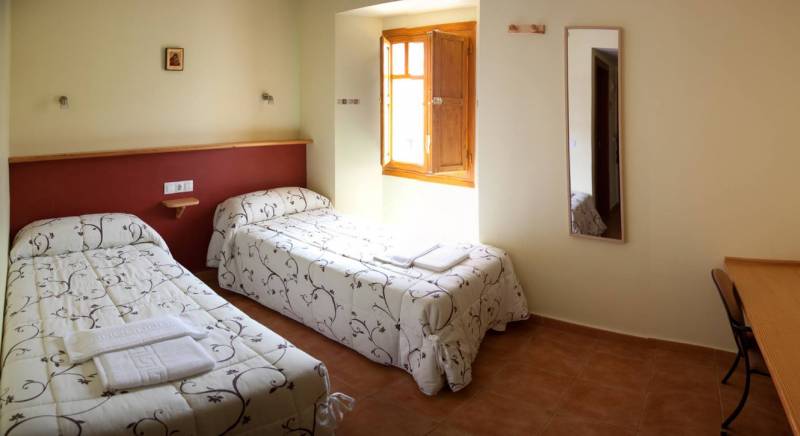 The convent is open throughout the year as a hospedería, offering oernight accommodation and food: click here for details.
The convent is open throughout the year as a hospedería, offering oernight accommodation and food: click here for details.
Further information about Caravaca is available from the tourist office (Plaza de España, 7, telephone 968 702424, email turismo@caravacadelacruz.es).
Or for more local information, including the Holy Jubilee Year as well as local news and what’s on, go to the home page of Caravaca Today.
staff.inc.ali
Loading
article_detail
Contact Murcia Today: Editorial 000 000 000 /
Office 000 000 000



